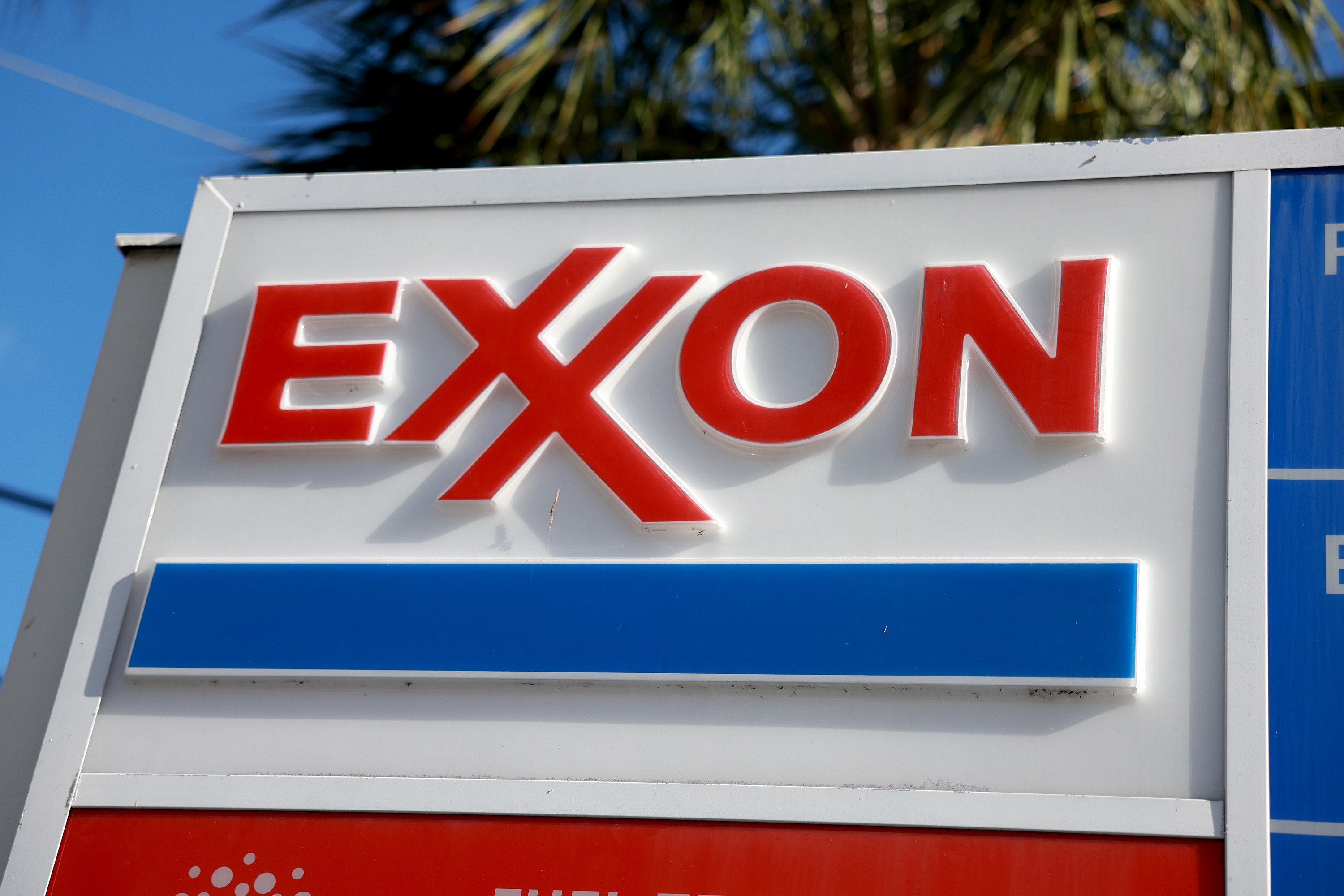The Permian Basin is the gift that keeps on giving to oil companies. Since 1921, producers have pumped out more than 29 billion barrels of oil from the play. However, instead of running dry, production from the Permian is on pace to rise quickly in the coming years due to advances in shale drilling technology. In fact, some would argue that the Permian is coughing up just too much oil these days because output has risen so fast that it has filled pipelines to capacity, which is making it harder for producers to get crude oil off the basin. That congestion is putting pressure on regional oil prices and pinching producer profits.
ExxonMobil (XOM +1.07%) is one of the many producers contributing to this problem because the oil giant is on track to boost its shale oil output by 18% this year. However, Exxon is also part of the solution because it plans on spending more than $2 billion to expand midstream infrastructure in the region.

Image source: Getty Images.
A major growth engine for Exxon
ExxonMobil sees the Permian Basin as a crucial growth driver over the next several years. The company currently plans to deliver a fivefold increase in output from the region by 2025, when it sees production reaching 600,000 barrels of oil equivalent per day (BOE/D). That's a key component of the company's long-term plan to add 1 million BOE/D to its total -- boosting it up to 5 million BOE/D -- in a move that would also double earnings and cash flow.
Given that Permian pipeline capacity is filling to the brim, Exxon needs to make sure it has access to the infrastructure necessary to facilitate its growth in the region. That's why it plans to spend upwards of $2 billion on transportation and terminal upgrades over the next several years. The company is leveraging that investment by working with midstream companies to build these assets as quickly and efficiently as possible.

Image source: Getty Images.
Partnering up to meet its needs
ExxonMobil has several midstream partners lined up to help support its growth. In late 2016, it formed a strategic joint venture with Sunoco Logistics, which is now part of Energy Transfer Partners (ETP +0.00%), called Permian Express Partners. The joint venture combined key oil pipeline networks from both companies to help expand ExxonMobil's options in suppling Permian crude to its refineries along the Gulf Coast. The Energy Transfer-operated partnership recently placed its third Permian Express pipeline into service and could boost that 140,000-barrel-a-day (BPD) line by another 50,000 BPD if it can secure enough additional shippers to support the project.
Meanwhile, ExxonMobil's XTO subsidiary agreed to dedicate natural gas produced from two counties in New Mexico to Summit Midstream Partners (SMLP +0.00%) last July. Summit is currently investing $110 million in building out a natural gas gathering and processing system to serve new wells in that area, which should be in service this month. In addition, Summit has proposed a long-haul pipeline to move gas out of the region, which would cost up to $450 million and could help support Exxon's growing gas output from the area.
Exxon's most recent partnership is with oil pipeline giant Plains All American Pipeline (PAA +0.74%). The companies announced this week that they're pursuing the creation of a joint venture that would build a more than 1 million BPD oil pipeline from the Permian to the Gulf Coast. That project would add to the more than $2.4 billion Plains All American plans to invest in building out Permian infrastructure over the next few years to serve the growing needs of producers in the region, which are on pace to boost oil production from 3.5 million BPD this year up to an estimated 6.4 million BPD by 2023.
Making sure nothing stunts its growth
ExxonMobil is in the midst of an ambitious push to boost production, which will in turn double earnings and cash flow by 2025. The Permian Basin is a crucial part of that plan, which is why Exxon is working to get ahead of any potential problems by partnering with midstream companies to build the infrastructure it needs to support its growth. This strategy increases the odds that Exxon can achieve its growth objectives, which has the potential to create significant value for investors over the next several years.







